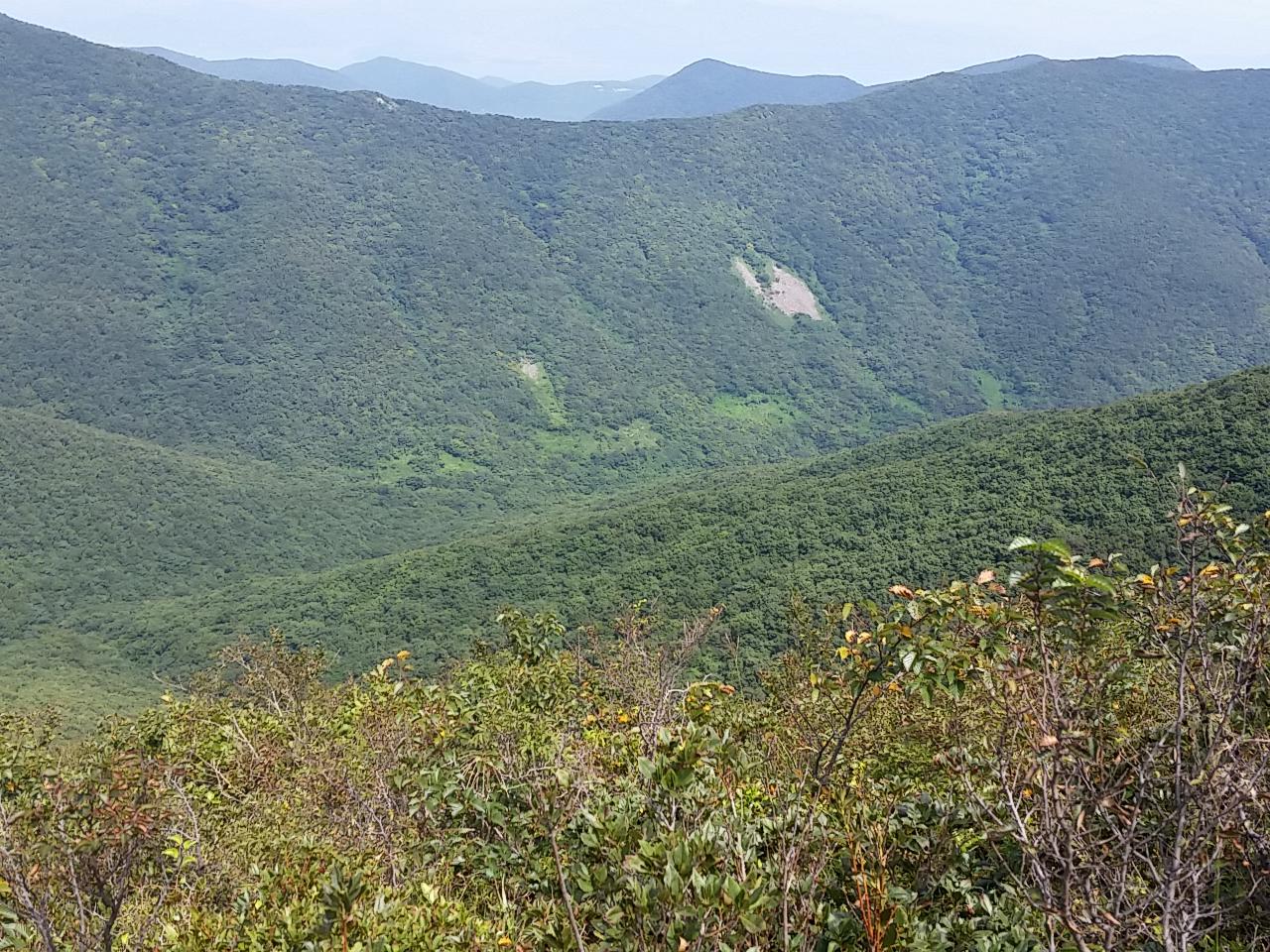From a glamorous and elite form of travel, aviation has now evolved to come within reach of a much wider audience. Taking a holiday half-way around the world, assisting an interesting conference six times-zones away, or simply avoiding slower alternatives for travel, is something that an increasingly large global middle class is able to afford. While this sector is an important contributor to world GDP, if it were a country, the aviation sector would rank 21st in terms of gross domestic product, or an economy approximately the size of Switzerland.
Since the 1970s, the airline industry has doubled in size, approximately every fifteen years, and CO2 emissions are increasing rapidly with this expansion. The lowest estimate of current contributions to global emissions begins at 2 percent, and on current trends this share could increase to around 22 percent by 2050. Keeping a plane up in the air is an energy intensive exercise. And not surprisingly, technological alternatives to jet aviation fuel – of which at least 1.5 million barrels were consumed last year – are scarce.
The combination of weight and energy density of jet fuel outshines other greener alternatives, like electric power. While biofuels, which have been heralded as a solution to ever-growing emissions can show some successes, there seem to be no feasible scenarios for large-scale production of these fuels. To date, there have been more than 2,500 test flights using biofuels. Rather than major breakthroughs, the gains in carbon-emission reductions are coming from steady marginal gains. With the absence of a major change in technology, the objective of reducing emissions will, at least in the short and medium term, require some other alternatives. Within this context, offsetting carbon emissions has become an important alternative.
Last year, the International Civil Aviation Organization (ICAO) committed to establish a carbon emission market for international aviation by 2021. Also known as CORSIA (Carbon Offsetting and Reduction Scheme for International Aviation), participating airlines commit to limit net carbon emissions at 2020 levels under this scheme. Participation will be voluntary until 2025 and after that, obligatory for all states with an individual share of Revenue Tonne Kilometer (RTK) above 0.5 in 2018. Participating airlines will have to either reduce or offset emissions, which are above the 2020 baseline. Estimates put the needs of CORSIA at 2.5 billion metric tons of emissions from 2021 to 2035.
There is a variety of offsets potentially available. To start with, there is a significant backlog of unsold credits from the Clean Development Mechanism (CDM). The volume of CDM credits that are still not sold is sufficient to meet the offsetting demands of CORSIA. However, there are doubts on the environmental integrity of some CDM credits and their capacity to genuinely contribute to emission reductions in the airline industry. Offsetting is a feasible option – when done properly – but loses its benefits if the reduction behind the credit takes place only partially; and offsetting is meaningless if emission reductions do not take place.

To maintain credibility, CORSIA will need high-quality offsets, and here is where REDD+ may have an opportunity. “High quality” is a proxy term for the environmental integrity of the offset – or an assurance that one is not buying hot air. Environmental integrity is one of two key issues for airlines. The other key issue is safeguards. The industry likes to avoid public relation problems, including consumer boycotts that have affected other companies like Shell and McDonalds because of their corporate environmental policies.
REDD+ has the foundation to avoid these kinds of scenarios. Forest offsets originating in national REDD+ programmes – or subnational as an interim measure – with credible forest reference emission levels, reliable forest monitoring capacities and solid safeguards information systems are attractive targets for the airline industry. Compliance with the Warsaw Pillars – a National REDD+ Strategy or Action Plan; forest reference levels (FRL); a National Forest Monitoring System (NFMS); and a Safeguards Information System (SIS) – provide the basic building blocks for offsets. However, there can still be situations that demand further scrutiny to confirm that forest reference levels are sufficiently stringent and that safeguards have been fully respected. Caution should be taken to avoid processes that result in transaction and implementation costs that are inaccessible for most countries and therefore unattractive for funding, while being extremely waterproof in terms of environmental integrity.
Finally, there is the issue of price and ownership. Selling offsets in the aviation market will entail a change in ownership as countries would otherwise not be able to include them in their nationally determined contributions (NDCs). The Green Climate Fund (GCF) has already opened a window for results-based payments at 5 USD/tnCO2e without an obligation to transfer ownership; that is, countries can apply for results-based payments and still keep the reductions within their national accounts. As long as the GCF has sufficient funds to meet the demand for payments, the aviation market may have to pay above 5 USD/tnCO2e if it expects countries to transfer the ownership of emission reductions.
It is too early to say how this process will evolve. ICAO is still discussing the standard for CORSIA offsets, while different interests are promoting different types of offsets. A scenario with automatic acceptance of CDM credits can result in plunging prices of carbon offsets. More restrictive standards will open up possibilities for REDD+. What is clear is that CORSIA can provide countries with an additional source of funds for REDD+. If properly administered, this can be a win-win situation for the aviation industry and forest conservation.



